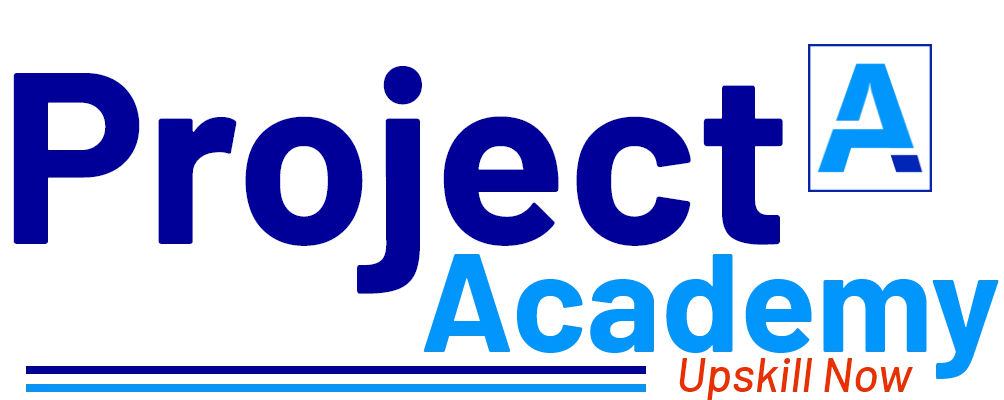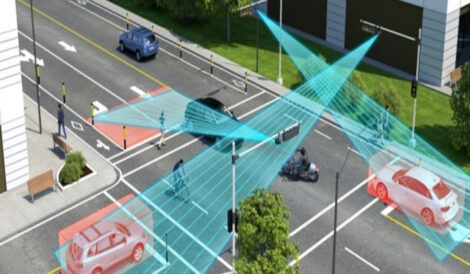Project Outline:
An application where a users can share their thoughts, ideas, and experiences with others.
1) Development Phase:
The site should contain:
- Blog Posts: The website allows the author to create and publish blog posts, which are typically organized chronologically and displayed in reverse chronological order.
- Categories and Tags: The website allows the author to categorize and tag their blog posts, making it easier for readers to navigate and find content that is relevant to their interests.
- Comments and Feedback: The website allows readers to leave comments and feedback on blog posts, providing an opportunity for the author and readers to engage in conversations and share ideas.
- Design and Layout: The website allows the author to choose from a variety of design and layout options to customize the look and feel of their blog site.
2) Testing Phase:
Conduct functional and usability testing.
Fix bugs and improve the website performance.
Applications
- Personal Branding: Personal blog sites can be used to build a personal brand and establish oneself as an authority in a particular field or niche. By consistently publishing content that is relevant and valuable to readers, bloggers can increase their visibility and reputation online.
- Creative Writing: Personal blog sites can be used as a platform for creative writing, such as poetry, short stories, and essays. This allows writers to share their work with a wider audience and receive feedback from readers.
- Journaling: Personal blog sites can be used as a digital journal, where bloggers can record their thoughts, experiences, and reflections. This can be a therapeutic outlet for self-expression and a way to track personal growth over time.
- Knowledge Sharing: Personal blog sites can be used to share knowledge and expertise in a particular area, such as cooking, gardening, or DIY projects. This allows bloggers to share their expertise and offer tips and advice to readers who are interested in learning more.
- Community Building: Personal blog sites can be used to build a community of like-minded individuals who share similar interests and passions. By creating content that is relevant to a specific audience, bloggers can attract and engage with readers who are interested in the same topics.
- Portfolio Building: Personal blog sites can be used to showcase a portfolio of work, such as writing samples, photography, or design projects. This allows bloggers to demonstrate their skills and attract potential clients or employers.
- Marketing: Personal blog sites can be used as a marketing tool to promote products, services, or other businesses. By creating valuable content that is relevant to a target audience, bloggers can attract potential customers and establish themselves as a trusted source of information.
Hardware and software requirements:
Hardware requirement
A laptop with:
- At least Intel i3 core processor.
- A minimum of 4GB RAM
- Hard disk with at least 200GB of storage
Software requirement
- Web Server: You need a web server to host your website. Popular web servers include Apache, Glass Fish, etc.
- Programming Language: You will need a programming language to build the website. Popular languages include PHP, Python and Java.
- Database: You need a database to store the recipes and other website data. Commonly used databases include MySQL, PostgreSQL.
- Content Management System (CMS): You can use a CMS like WordPress, Drupal, or Joomla to manage the content of your website and create pages.
- Frameworks: You can use a web application framework to simplify the development process. Popular frameworks include Laravel, Django and Spring.
- Front-end Technologies: You need front-end technologies like HTML, CSS, and JavaScript to build the user interface of your website. You can use a front-end framework like React or Angular to simplify this process.
Tool:
A modern web browser, integrated development environment (IDE), and text editor are essential tools for web development. Popular IDEs include Visual Studio Code, Atom, and Sublime Text, while popular text editors include Notepad++, Brackets, and TextMate.
Technology:
Full stack technology refers to the entire depth of a computer system application, and full stack developers straddle two separate web development domains: the front end and the back end. The front end includes everything that a client, or site viewer, can see and interact with.
What You’ll Learn after doing this project?
- Web development skills
- UI design
- User experience design
- Project management
- Content management
- Problem solving



